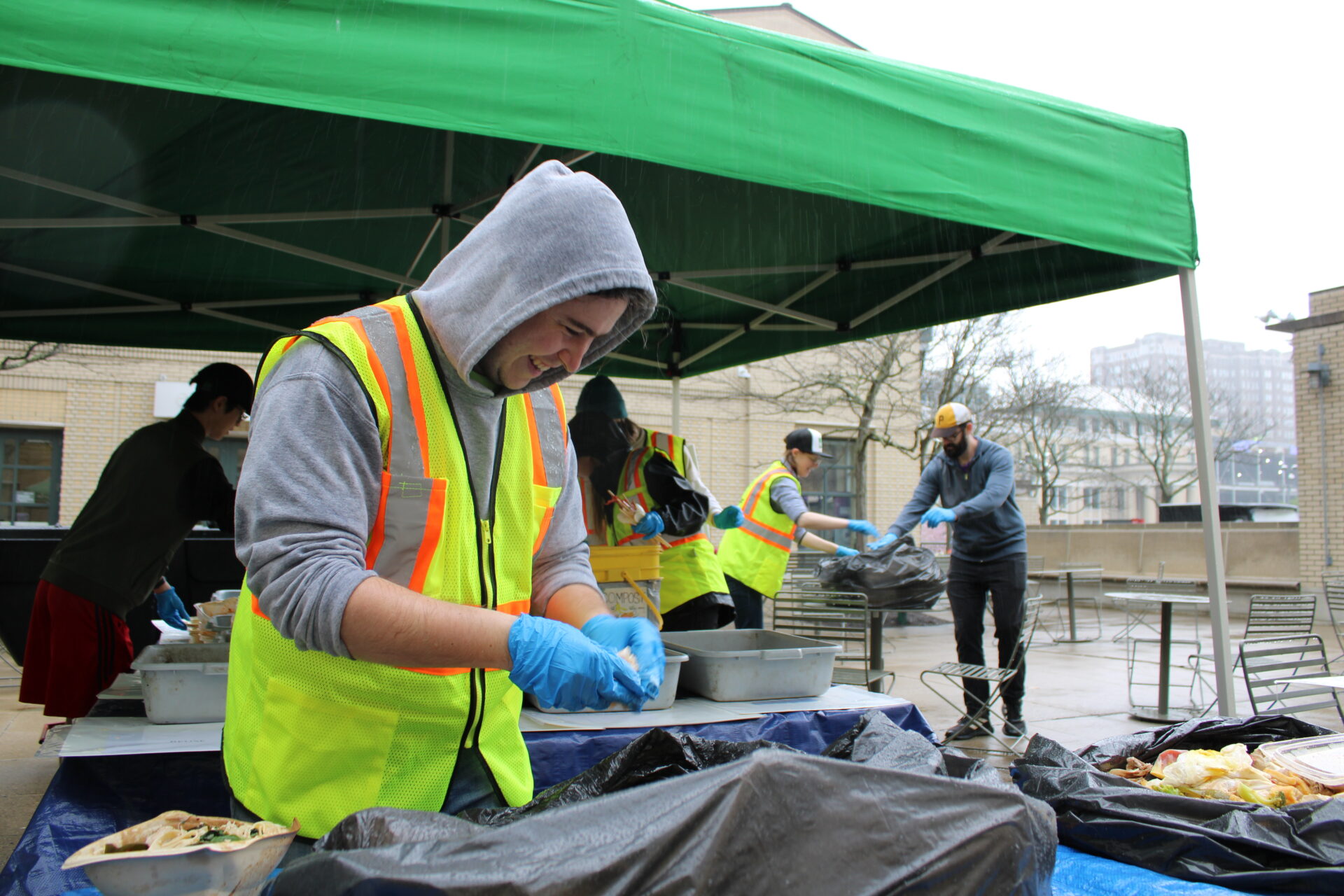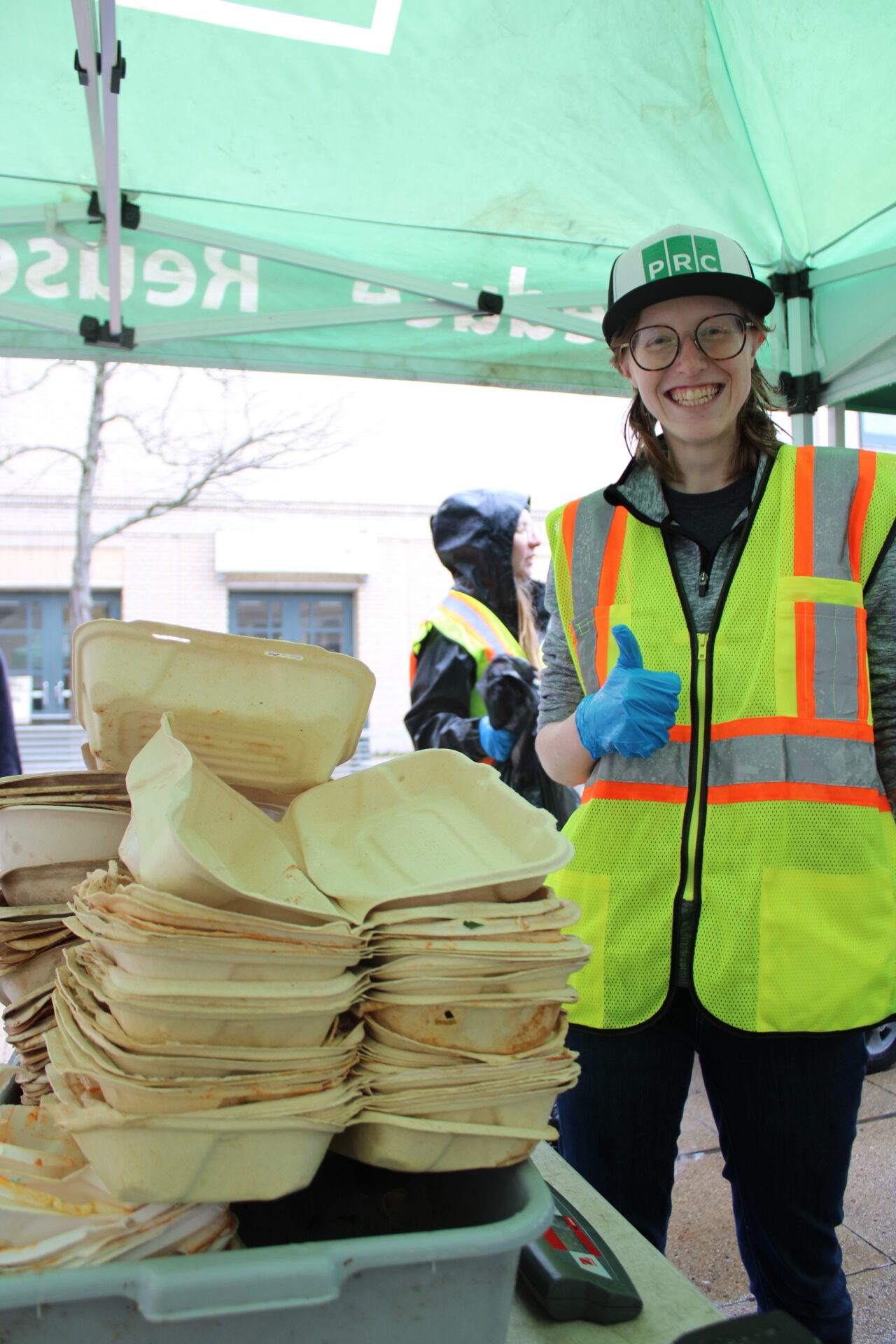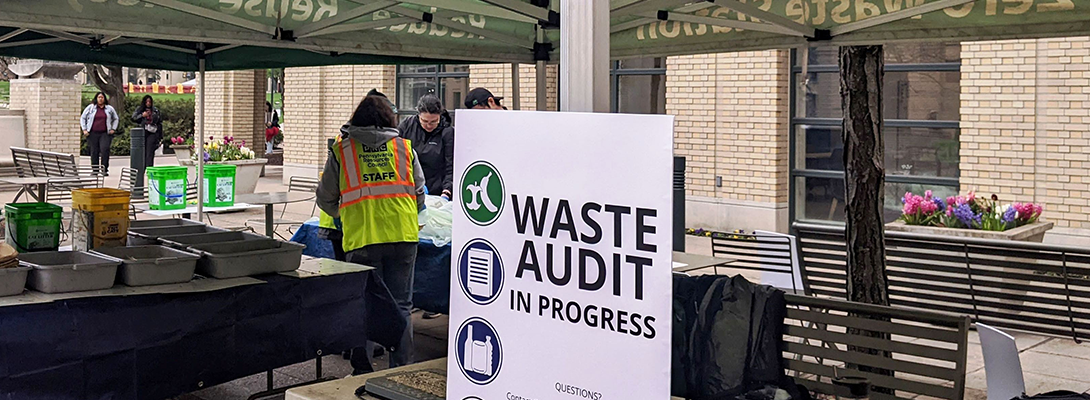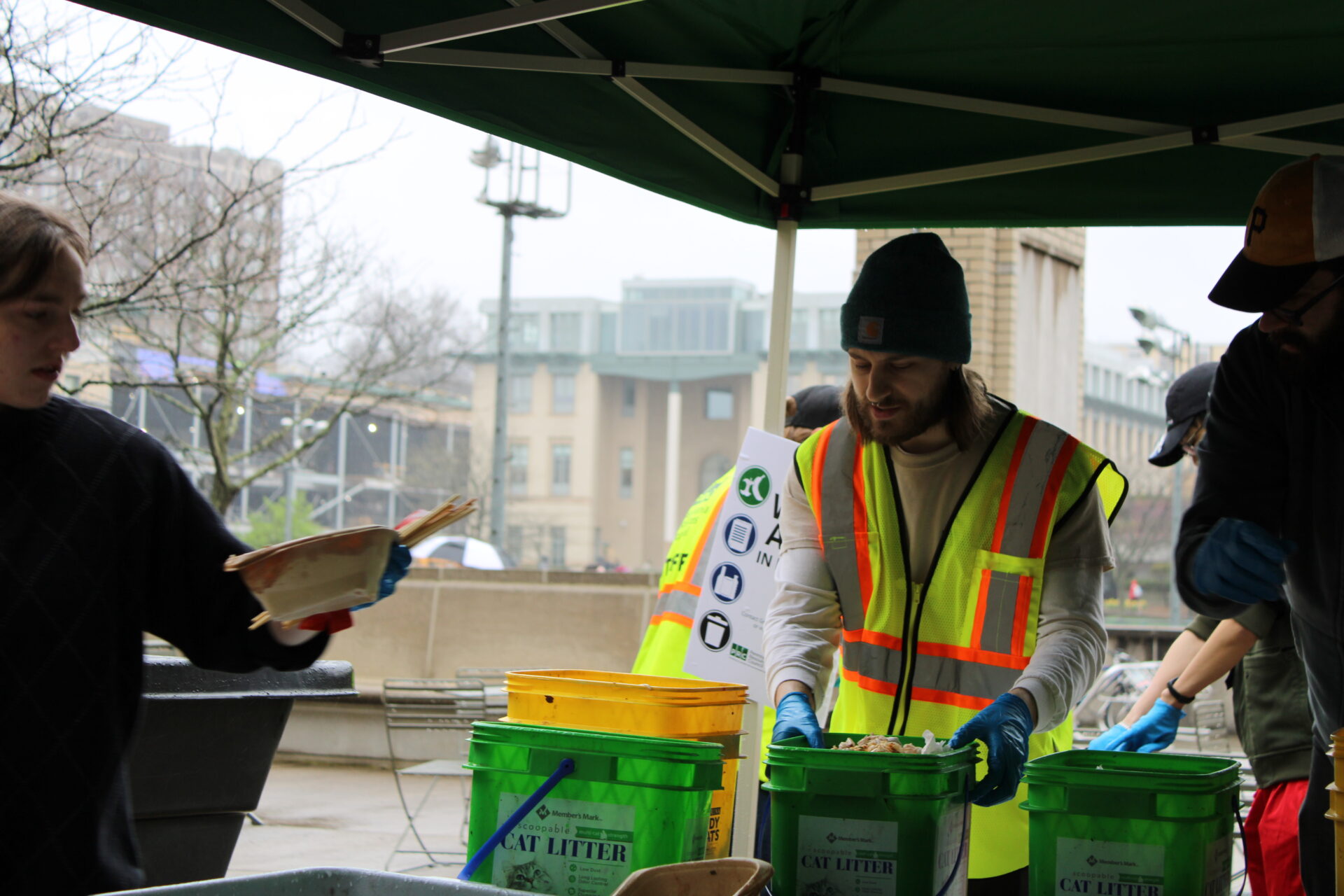The Process Of A Waste Audit
 PRC designs a unique Waste Audit plan for each client based on the size, expected waste types/sources and the goals of the client. While every audit is different PRC has developed a standard engagement model to simplify the process for our clients and to maximize the impact of the audit. These steps are outlined below to offer an overview of what is involved.
PRC designs a unique Waste Audit plan for each client based on the size, expected waste types/sources and the goals of the client. While every audit is different PRC has developed a standard engagement model to simplify the process for our clients and to maximize the impact of the audit. These steps are outlined below to offer an overview of what is involved.
The Audit begins with an initial walk through of the targeted facility, building or site. This initial consultation engages key client personnel to explore the existing conditions at the facility and to define goals for the audit process. The typically hour long tour also allows PRC to understand the unique characteristics of the site and its waste handling system so we can craft a detailed proposal and work plan for the waste audit.
PRC will follow the initial visit with a formal proposal which provides the specific details of the waste audit. The proposal will lay out a timeline with key milestones, a methodology for the analysis and protocols the audit will be based on. The proposal is an essential element of our work as it defines expectations and ensures the audit does not disrupt the employees or operations of the site.
Upon approval of the proposal, PRC will schedule the hands on waste sort. The waste sort will require the client to isolate an agreed upon volume of waste that is representative of typical operations. The audit team will then physically sort the isolated waste to determine its composition. This data gathering process is documented for the client in detail to document opportunities for enhanced waste diversion strategies. The targeted materials, identified on the proposal are tailored to each clients goals and the activities of the particular site. While a typical Waste Audit is focused on traditional waste streams such as, aluminum, glass, jars, metals, plastics, cardboard, organics, and mixed paper PRC is able to address a broader variety of materials.
PRC Waste Audit services include an analysis and report which can guide decision making to achieve marked improvements in waste avoidance, reduction and diversion. Waste Audit results are shared in a formal report which summarizes the findings of the sort along with recommendations for actions and systems changes tailored to the unique goals of each client. By defining what is being “thrown away” PRC can recommend alternative approaches to maximize recycling and composting as well as identify opportunities to avoid the creation of waste in the first place. The report is reviewed with the client at a follow-up meeting to discuss recommendations for implementation. Implementation can include container inventory, signage, education, green procurement, and container placement.
 PRC has been actively assisting community partners with waste related analysis and planning efforts for over 25 years.
PRC has been actively assisting community partners with waste related analysis and planning efforts for over 25 years.


 PRC designs a unique Waste Audit plan for each client based on the size, expected waste types/sources and the goals of the client. While every audit is different PRC has developed a standard engagement model to simplify the process for our clients and to maximize the impact of the audit. These steps are outlined below to offer an overview of what is involved.
PRC designs a unique Waste Audit plan for each client based on the size, expected waste types/sources and the goals of the client. While every audit is different PRC has developed a standard engagement model to simplify the process for our clients and to maximize the impact of the audit. These steps are outlined below to offer an overview of what is involved. Large amounts of waste are generated in commercial building’s operations and everyday use. The Materials and Resources (MR) category of LEED® for Existing Buildings: Operations and Maintenance (LEED-EB: O&M) focuses on reducing the quantity of waste generated while improving the overall building environment through responsible procurement practices. LEED-EB: O&M Rating System provides an opportunity for the existing building market to enter the LEED certification process. It is a method for building owners, managers, and operators to implement sustainable operations and maintenance practices and reduce the environmental impact of a structure over its functional life cycle. LEED-EB: O&M is organized into various environmental categories including sustainable sites, water efficiency, energy and atmosphere, materials and resources, indoor environmental quality, and innovations in operations.
Large amounts of waste are generated in commercial building’s operations and everyday use. The Materials and Resources (MR) category of LEED® for Existing Buildings: Operations and Maintenance (LEED-EB: O&M) focuses on reducing the quantity of waste generated while improving the overall building environment through responsible procurement practices. LEED-EB: O&M Rating System provides an opportunity for the existing building market to enter the LEED certification process. It is a method for building owners, managers, and operators to implement sustainable operations and maintenance practices and reduce the environmental impact of a structure over its functional life cycle. LEED-EB: O&M is organized into various environmental categories including sustainable sites, water efficiency, energy and atmosphere, materials and resources, indoor environmental quality, and innovations in operations.